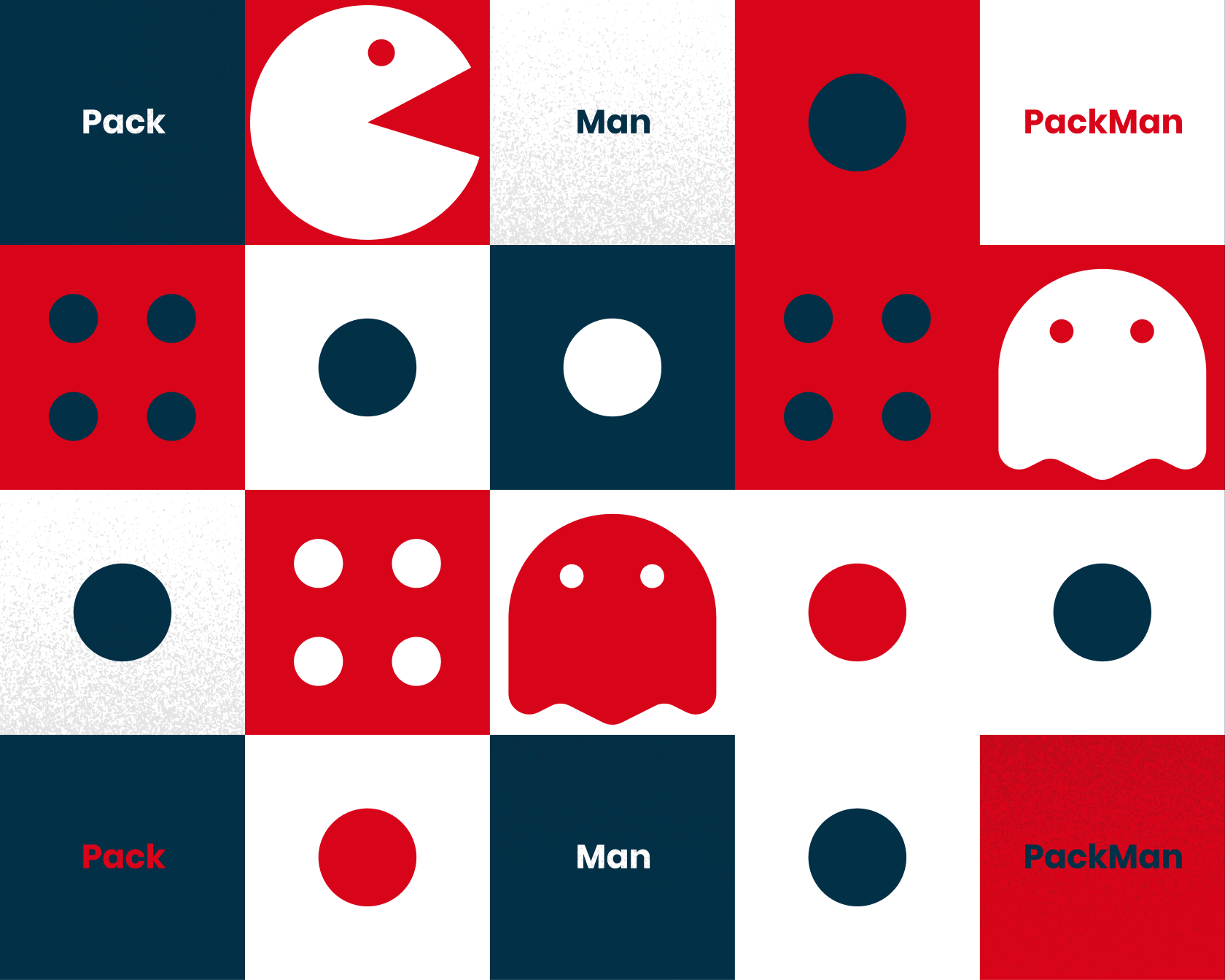10 Sprint Retro Ideas and Games for Your Next Sprint retrospective
It is essential to exercise regularly, so you need to go to the gym regularly. Imagine that while in that place, you perform precisely what you did before – only that exercise. What will happen in some time? But you don't have an integrated fitness plan if you get tired.
Repeating the same routine means no one will ever find a new way of challenging themselves. It's a similar concept to your historical data. If you want to take advantage of them, you must include more retrospective sprint concepts. This process is helpful for a company to gain new insight and improve agility.
What is a retrospective?
A retrospective is when a team is assembled to examine past experiences in detail to discover successes, mistakes, friction, and lessons. The purpose of retrospective planning was to determine methods for improving the quality and effectiveness of the performance. Besides the usual traits, the retrospective process is possible with many different techniques.
Some retrospective formats emphasize successes rather than failures, and many emphasize team building. Scrum teams conduct retrospectives during sprints. A retrospective, learning, or postmortem can occur in a traditional project manager environment every month, quarterly, or ad-hoc. It usually involves the whole Scrum team, including the product owner.
The retrospective methods at a glance
What is the purpose of the retrospectives? The retrospective should also show work from different angles. Have retrospective events always been characterized by low energy? That would not be your desire. We need another view of this matter.
Why did Michaelangelas'retrospective idea come to mind? If we want to change, do Elon Musk retrospectives. What are people doing during holidays? Make a retro vacation. Many Sprint retrospectives ideas were developed, focusing mainly on quality rather than quantity.
Retrospective Scrum meeting: A few hints before we start
For a quick overview of agile retrospectives, please click on the short "Retrospective: What to know." Good to know: Scrum retrospectives usually last approximately 45 minutes (up to 5 people) or 90 minutes (up to 12 teams). I think it is better to wait longer.
Timeboxing can be used for any five stages. During retrospective ideas timeboxing, you may struggle with timeboxing. In this tight schedule, it is essential to prepare the retro format and corresponding meeting notes well.
Retrospective scrum meeting: How to start a retrospective meeting?
How do you start a retrospective meeting? The five steps of retrospective ideas research are relatively straightforward. One of the most exciting aspects of retrospective team appointments is icebreakers.
Find out the best retro check-ins for all the contexts below. We'll now look at some exciting retrospectives.
Advantages of using a retrospective template
Use a collaborative retrospective template after the next development sprint. Adding Structure improves your feedback process and increases productivity as you capture feedback in easy-to-understand ways.
A remote employee working in a different location and time zone can also be helpful. You can also upload additional files, including photos, videos, GIFs, and pdfs, and use our embedded audio conferencing functionality.
Same old sprint? Refresh with some new retrospective ideas
This statistic is terrifying: 90% admit they had daydreams during team gatherings. 39% admit to having drowsiness. Oh, yeah. Successful Agile retrospectives require the engagement of all the teams to participate. When using this format in retrospectives, the chances of it getting autopiloted are much higher. Yawning. We need to change.
Retrospective ideas agile: Let's play games
It's time to learn the essential points of an agile retrospective meeting, perhaps the most elegant or at least the most popular. Agile organizations typically use a remote retrospection format to generate new thoughts.
There are several newly formulated questions below. Everybody loves a game. Is there anything to do to create a new idea? It's good to know everyone about these retrospective scrum games. We created this post exactly for that.
Games At The Beginning Of Retrospective
Retrospective team appointments are either as virtual team Ice Breakers or as a tool to gauge the team's reaction to the retrospective. Let us examine all the games a little more deeply.

ESVP
ESVP (Explorers Shopping Vacationers and Prisoners) has become a popular retro game featured in the book Agile Retrospectives: Making Great Teams Great.
Throughout this game, each player describes their attitude retrospectively: Explorer, Shopper, Vacationer, or Prisoner.
Explorers are searching for new insights. Shoppers analyze information and are interested in getting helpful information during the realtor meeting. While Vacationers have no interest in retrospective studies, they enjoy the solitude and quietness of everyday life. Prisoners feel they must be in attendance and would prefer a different activity. Grab your sticky notes!
How to play ESVP?
Game retrospectives in EVP are crucial to successful retrospective ideas research. If you notice that your attendees have overwhelmingly been prisoners or vacationers, talk to your team before moving on.
Symbolic sprint
One great agile icebreaker before any retrospective is asking your team to describe the current sprint with symbolic representation.
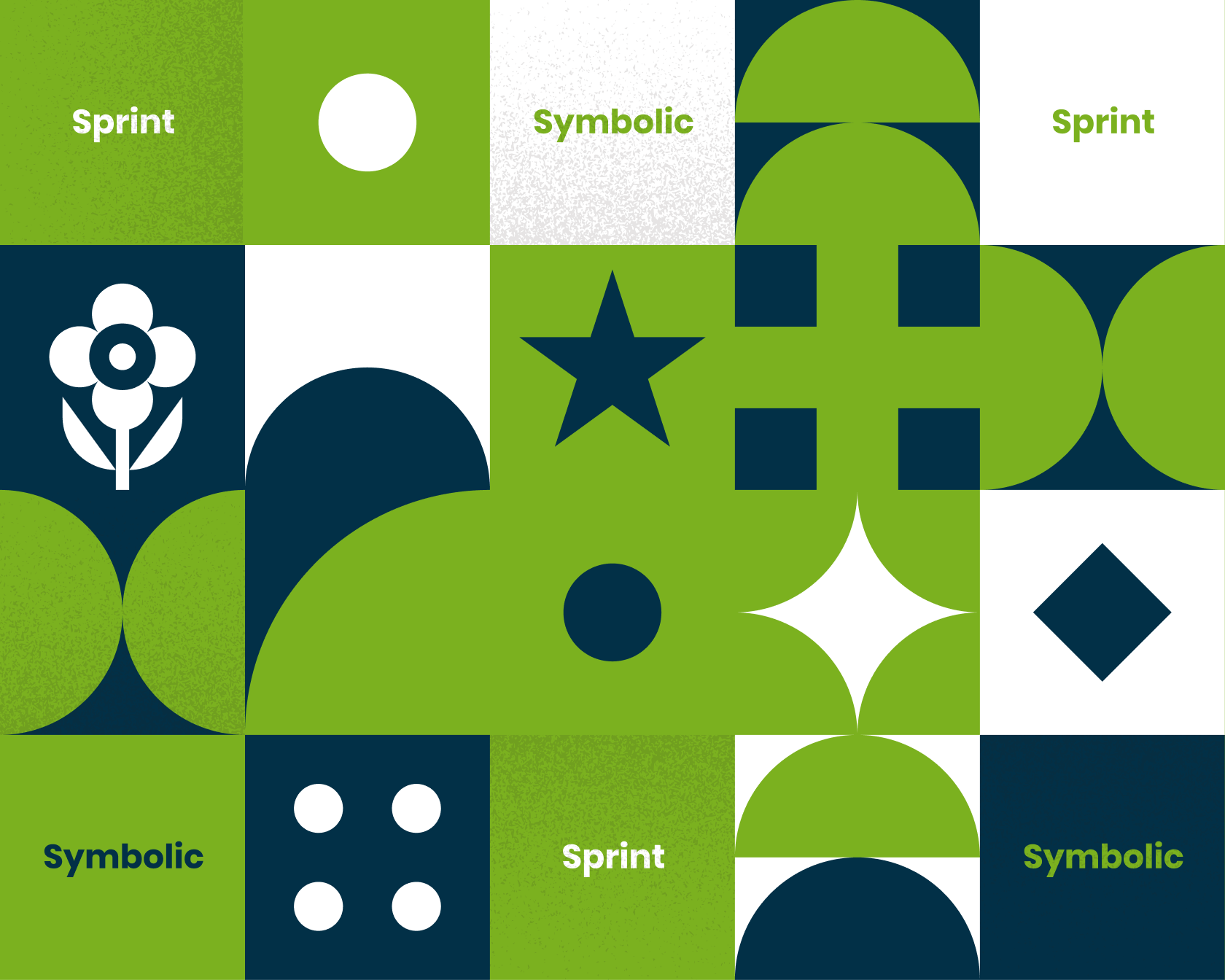
How to play Symbolic Sprint?
If you want to talk about a sprint with your colleagues, feel free to ask the team member to say that it has just been completed, and they will be happy that their team member is joking about saying it has been completed.
Ask people why they chose a particular symbol, and you will find out what insights they may gain. It allows team members to discuss specific problems directly and reduces the need for feedback filters—a fun way of getting the meeting off the ground and keeping everyone comfortable.
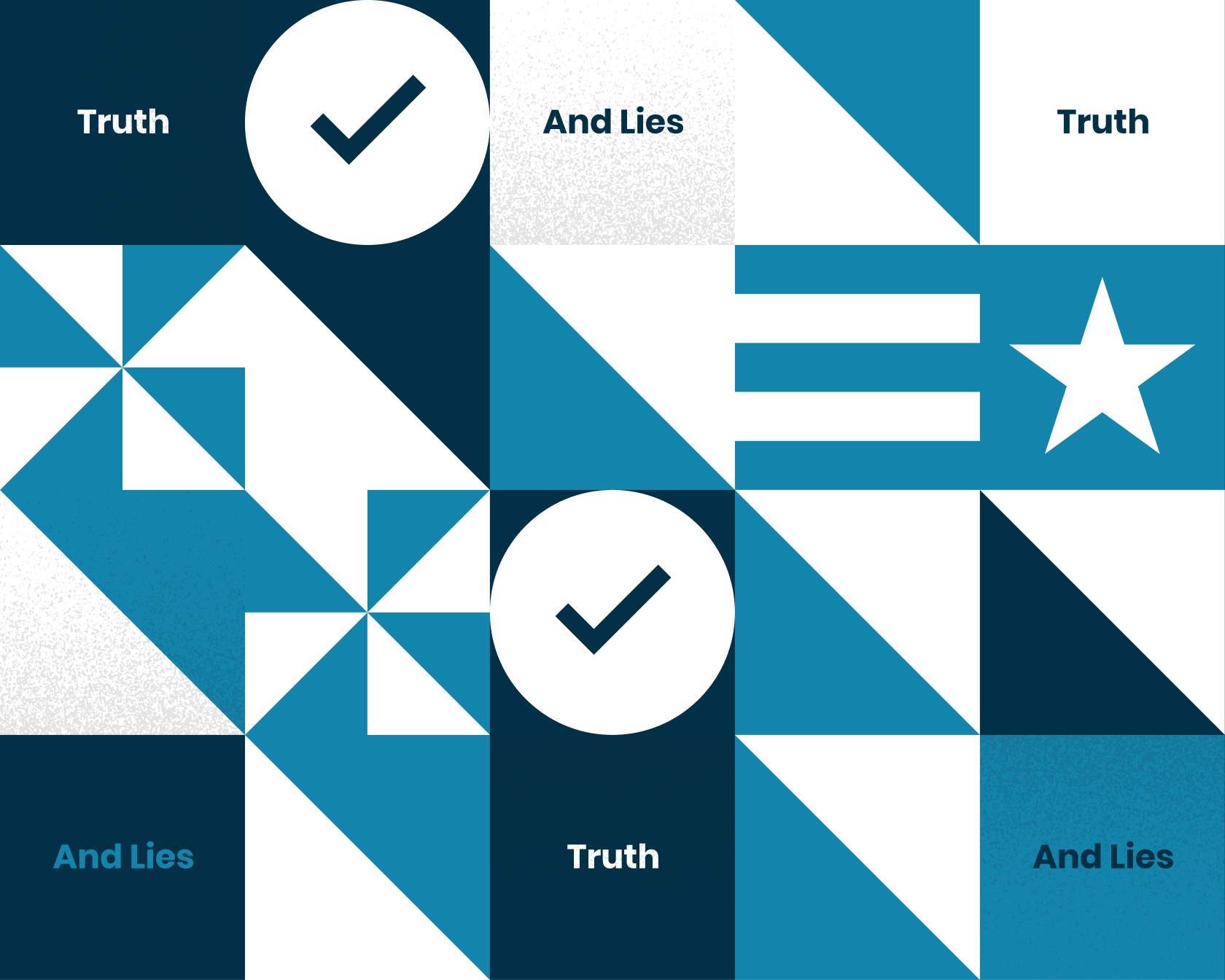
How to play two truths and lie?
All team members should make three comments on Team, Sprint, or anything else you determine is appropriate in terms of the team's performance. But two statements must be factual, one a lie. They then share these statements with others within the group.
All team members should know which words are valid. Watch for the announcements most discussed as this indicates what matters are the most inconsistent and possibly cause additional problems in the team.
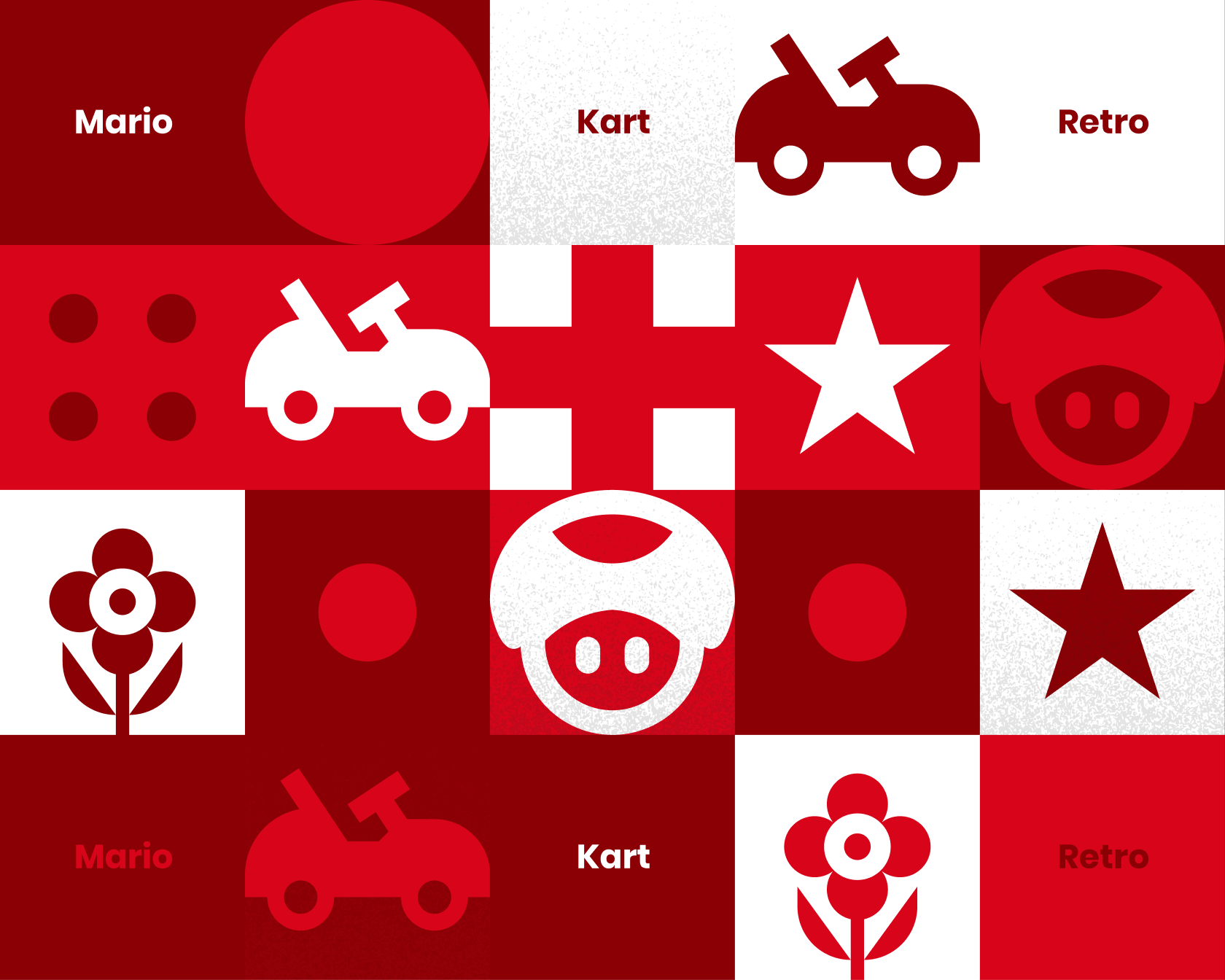
Are you not satisfied with your speed? The Mario Kart Retro
Racing tends to be unpredictable, just as it has become today. Use this delicious retrospective meeting template for analysis if it's Mario-style! In future perspective. Read more at An agile retrospective: Mario Kart edition by Steven Sampson-Jones.

Is there a missing piece? Tetris retro
Tetris is an enjoyable computer game to solve puzzles in challenging situations. Is it working out right? I guess so. I have several retro ideas for you. Read more at Tetris Agile by Nicolas Duponchel.
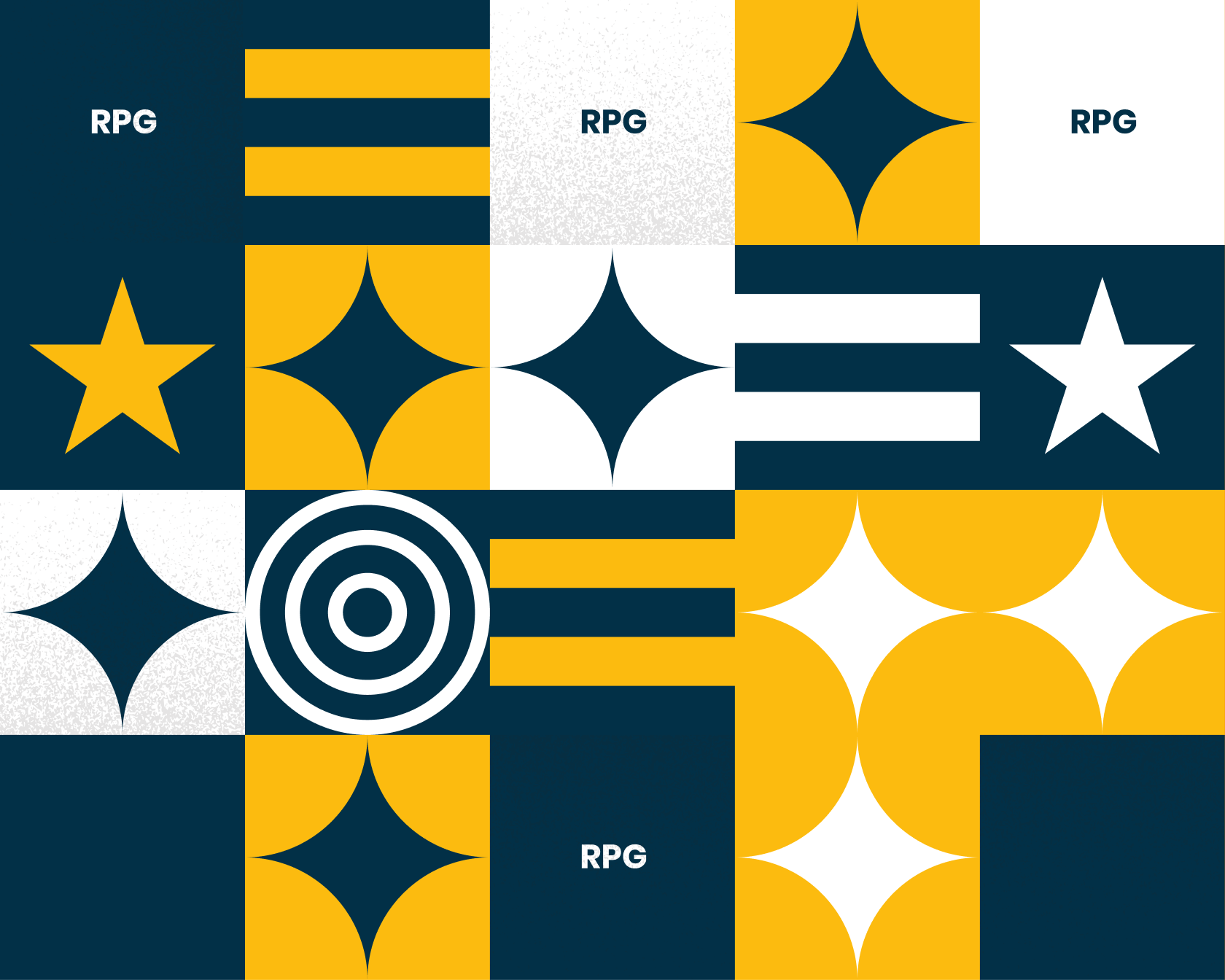
Do you want to get better? The RPG retro
Often work is portrayed as playing; with each level, the challenge becomes harder. But equally, the players develop their skills to overcome challenges.
Read more: RPG Retrospective
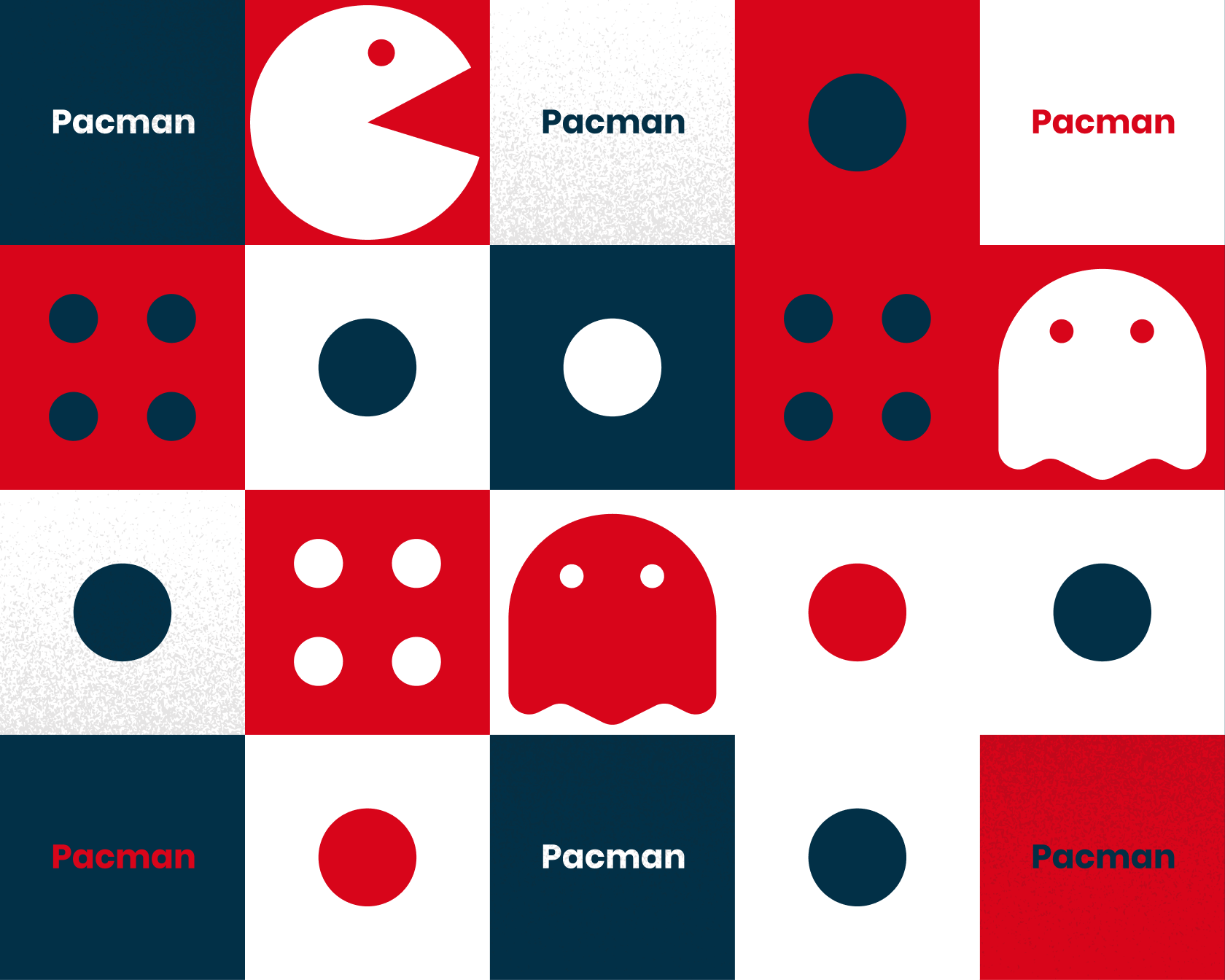
Are you afraid of challenges? Pacman retro
We all remember playing Pacman vividly. We can use this to gain new perspectives about teamwork.

Hot Air Balloon retrospective
Like the retrospective on sailboats, this template is a metaphor inviting team members to imagine floating in a hot air balloon and having much more fun. It's both retrospective and future-oriented, requiring teams to reflect upon their current sprint while looking ahead in the moment. What's good about Agile sprints?
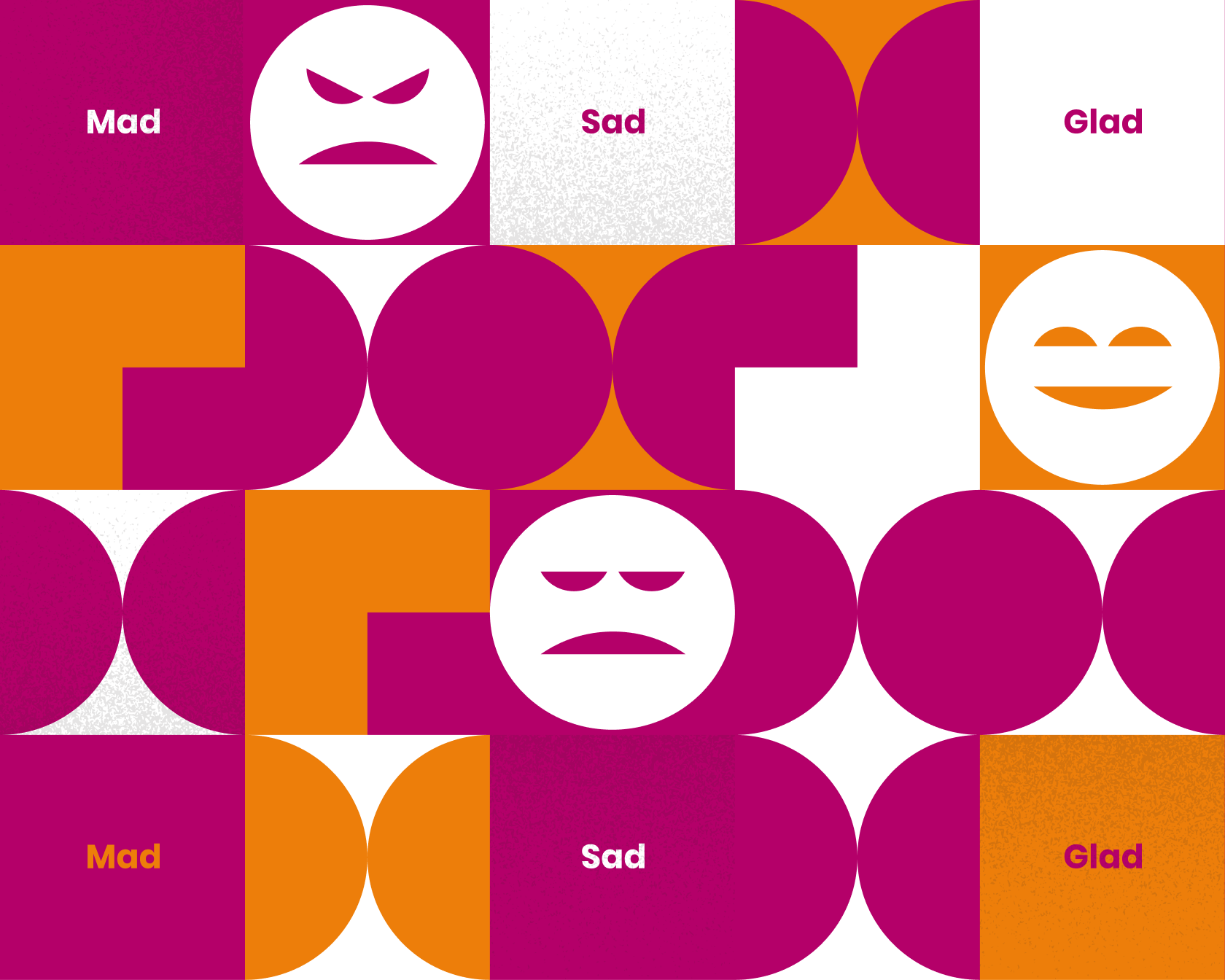
Mad, Sad, Glad retrospectively
Mad Sad Glad are other reflective templates tailored for design thinking. Instead of focusing on physical achievement and roadblocks, the program asks team members to look at their emotions. Typically useful if teams feel tired or burnt out. Best at: Agile sprint, when team motivation drops.
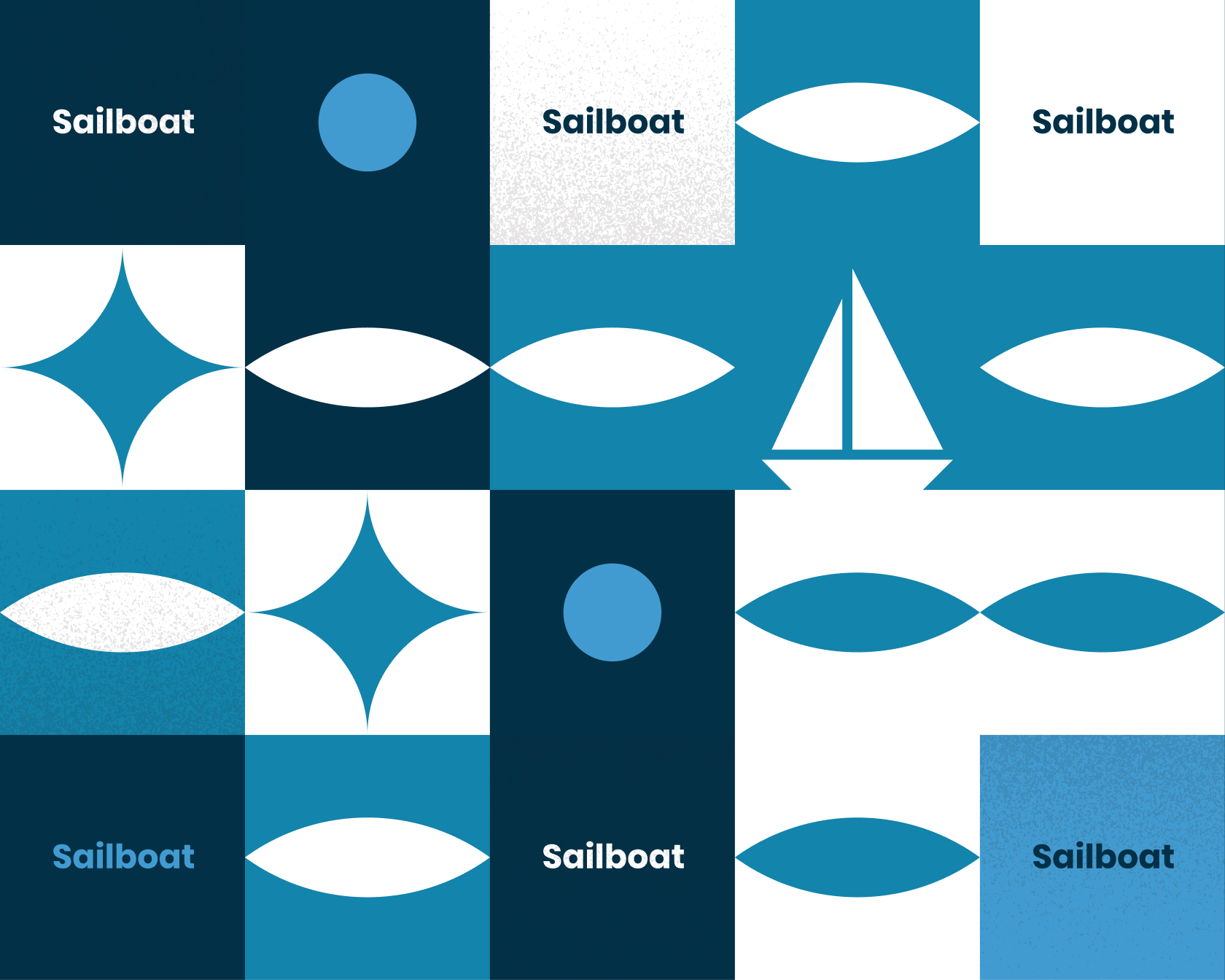
Retrospective idea agile: The sailboat retrospective
This retrospective idea now makes us think more creatively using an example: sailboats. Imagine yourself in a yacht with team members or a sprinter for the next few sprints. It's also famous as Mad Sad Glad. Grab your sticky notes!
How do you do a sailboat exercise?
Draw the sailing yachts with anchoring rocks, clouds, and a few islands. ) Sun examples: After we discovered a bug, we resolved it. I feel it is an excellent team—anchor example. Before beginning the work, we had never discussed the details with the parties involved. So we underestimated the involvement and now have to start again.
Wind Example: Upon updating the Framework, we added some functions that enabled us to perform faster tasks.
Example: Rocks: A key team member will be on the mat. Leave this week. There's an agenda here. Remind Sprint Goals. Check every last step and see if they are achievable. Island represents a team goal or vision. ... Rock is a risk for whoever's working toward a specific image. An anchor will slow the team down as they travel.
Read more on The guide to retrospectives – remote, in person, or hybrid By Michael de le Maza, Agile Coach
The retrospective like learned longed for
The Retro Like learned longed for is known as a 4-l retrospective as the four questions each contain the words that start in l—looking back at last week's sprint.
Allow your team to get the most out of new retrospectives
The Sprint Retrospective ideas above will help your teammates monitor the performance of each other, assess their latest sprints, and find the cause.
The most effective retrospectives require nothing but a well-organized format and useful tool. Here are several more Scrum tips that many Agile coaches swear about.
Encourage your team to dig deep
There can be a lot more surface improvement in your next sprint. But your retrospective ideas focus on continuous improvements. So it would be best if you were digging into structural enhancements.
The actions identified at the end of retrospective team meetings are experiments, not guarantees, and these activities will give you insight into how the team members should perform. It cannot seem easy to see how someone's work is going, but it is essential to keep it up.
Tell me the feeling of your team
You tried a different retrospective idea and are not sure who is feeling that idea. It is good that you can find a solution quickly. During your retrospective, ask your colleagues whether this format allows them to analyze a sprint.
This guide will give you insight into what designs work within the company and how to make the next team meetings more appropriate.
Give your team members access to information
You uncover some valuable data from this retrospective study. What's the point in letting someone know about something that is not in front of them?
A whiteboard such as Miro enables a team to access all its data easily. So a person can reference the details easily if required. Try this Remote Lightning Decision Jam template from Michael Strobel with your team.
Have the team vote on what the team feels are the critical groups to focus on. Gauge how your team feels. You tried out one of these new retrospective ideas and aren't sure how your team feels about it.
Questions
What should a team retrospective say?
Questions should be asked while completing a retrospective template.
- What's a good reason for the team to learn something new?
- What are your thoughts about this sprint, and why do we think this will happen soon?
- Do you think there's confusion in our discussions today?
- What should be done next?
- What do you want to tell us today?
- Do people have a positive reaction to the next sprint? Why?
- Do I have any problems with this question?
- Are there any possible solutions for this?
What should the team start doing in retrospectives?
Tell me about the concept behind Start Stop Sprint Retrospectives. List all suggestions team members can't make and new and exciting ideas that need discussion. Stop – List ideas that don’t produce any tangible effect or could drive people crazy.
What are the three retrospective questions?
Tell me the best way to a good start in the morning. Was it okay (don't forget this)? It’s been okay. What can be improved on now? What went wrong? The concentration of next month, next year, and next quarter.
How can I make my retrospective more fun?
Often retrospectives are clear and quantifiable. To keep retros brief, encourage just pertinent discussion around specific questions of the last sprint. To make retro enjoyable, make employees feel safe using retro games and well-being surveys.
How do you conduct a sailboat retrospective?
In a fun retrospective technique, sailboats can be metaphorically used. The team is on an iceberg and sails on a sailboat, and during their journey, they must battle the wind and iceberg—steps in sailing: Reflection on the smooth sailing process. The last sprint will be properly processed.
What is a retrospective statement?
Revisit is implementing new accounting rules to be used as a result of any activity. Generally speaking, the retrospective presentation affects the financial statements relating to the previous period.
What is a project retrospective?
How can I complete projects retrospectively? A retrospective project involves making time in the workday for reflection on a particular project to help the team progress more efficiently.
How do you present a retrospective project?
How can I organize fun retrospective meetings for my projects? Preparation meetings. ... Welcome everybody! ... Take a look at this project. ... Tell us the lessons learned in the process. .. Take feedback on the plan. ... Please end the meeting by asking for further comments.
How do you prepare a retrospective project?
They are preparing team meetings; developing project reports. Create the information containing each milestone and identify the critical metrics of success and failure. Please give me a schedule. Identify upcoming retrospective team meetings if they will be held and plan the activities.
What is a retrospective process?
A retrospective is a meeting after a product ship to discuss how things happened in a project's development and release phases to improve things.
What is a starfish retrospective?
Starfish retrospective is an approach developed by Patrick Kua to help agile teams think about various degrees of actions and activities.
What are the different retrospective techniques?
I have ten suggestions on how to build a Scrum toolbox. . - Liked learning, lacking, and wanted a boat of the kind (four L's). Speedcars. Starfish (smalls and bigs) Stop and go on. Madly sadly delighted. It’s an honor. I use rétroactive. I liked, learned, deserved, and deserved four Ls. Sailing boat. Speedcars. Fishes. Stop. Madly, sadly happy. Tokens of gratitude. I'm referring to it retrospectively. I've got a feeling.
Games at the end of the retrospective meeting
Return on time invested
Return of Time Invested helps agile teams assess the effectiveness of retrospective analysis.
A fitting end to the retrospective meeting must be like starting or taking them through their course. Throughout a retrospective, the goal of this process will be establishing measurable goals to achieve the team in the last sprint to increase productivity.
This agile game helps Scrum teams focus on implementing data to improve their effectiveness.
How to play Return of Time Invested?
Draw a chart and tell your team what the retrospective has been for identifying problems, gathering feedback, and general organization. Tell people you don't plan on discussing the chart or use it only as part of your subsequent comparative analysis and comparison.
It is best compared to the previous chart and intended to monitor positive or negative dynamics. It can then be tested with an ESSVP or during a “WOW, WARNING, SPOILER.”
SMART planning
Many problems with retrofits are that they can't take action; people meet, discuss the issue, then do nothing more than that. It aims at helping people design and executes improvement plans for the next sprints.
How to play SMART Planning?
Show some SMART goals for the team. Ask your teammates to suggest SMART actions to enhance the team's performance in the next sprint. Then put SMART actions and similar group actions and place them prioritized. Organize this for future updates where you can discuss your progress as well.
Lessons learned
Lessons Learned templates are an easily documented method by which a company can record lessons learned and help develop project management. In the process, the book emphasizes positive aspects by writing both failures as they win so they may replicate for upcoming projects. For: Team members after a successful project.
Conclusion
These last sprint retrospective ideas are very smartly developed, and they are good refreshers and give the excellent possibility to align your team. Please use the comment option below if you have any comments or suggestions. Also, please share this article if you like it!
